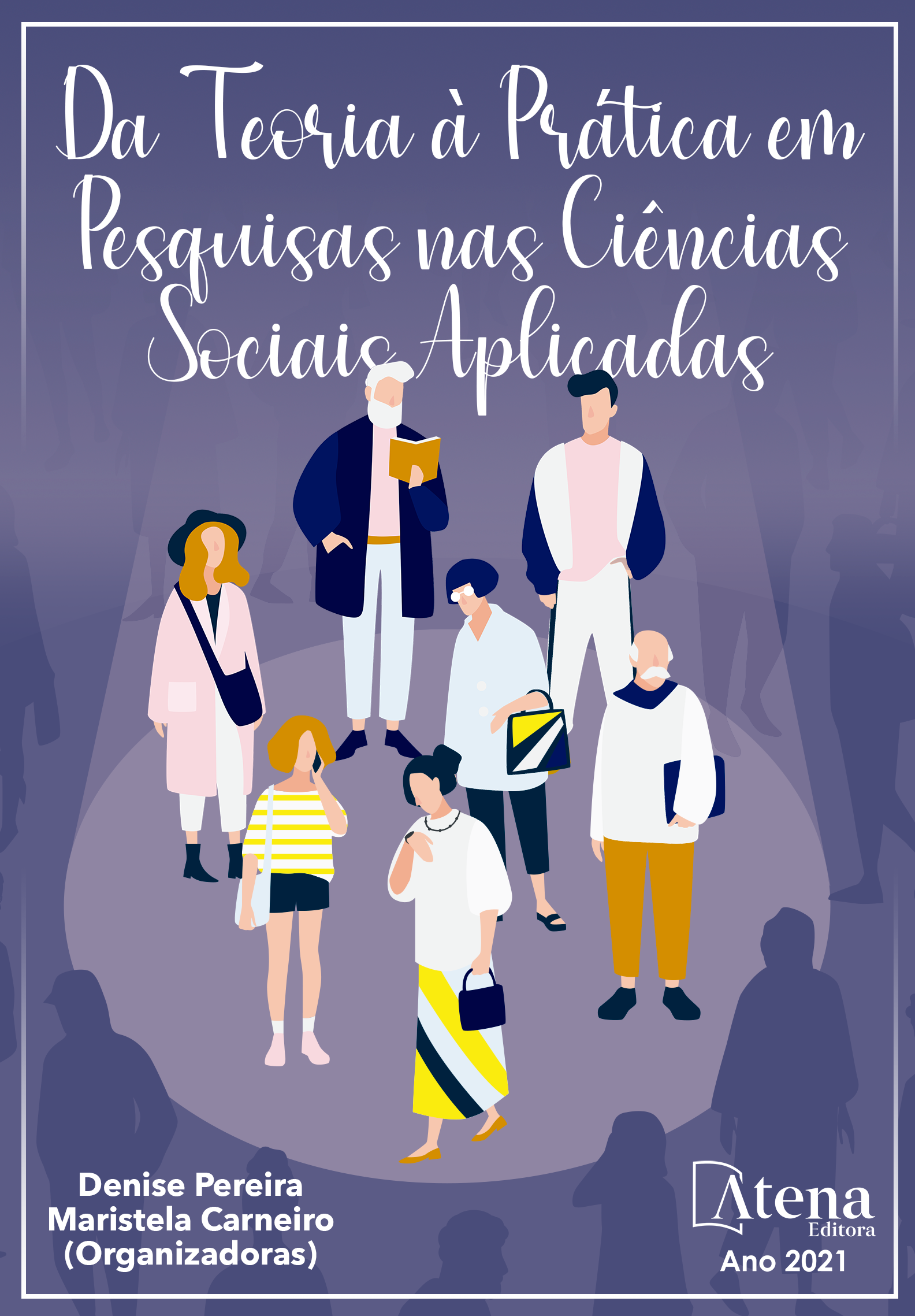
OS ESPAÇOS DE APRENDIZAGEM EM UM PLANO DE AULA SEGUNDO O MÉTODO DA NEOAPRENDIZAGEM
O objetivo deste estudo de caso foi identifica a presença ou não dos diferentes espaços de aprendizagem de Kolb e Kolb do projeto Alexandria (piloto Academia Sapientia) elaborado conforme o método Neoaprendizagem. Com relação ao método este estudo de caso, utilizou as técnicas de observação in locu e análise documental do plano de aula de uma das disciplinas do Piloto da Academia Sapientia, para descrever uma parte da validação do método da Neoaprendizagem. Como delimitação este artigo descreve as dimensões sociais e psicológicas dos espaços de aprendizagem, e não discute as demais dimensões (física, cultural e institucional) em uma das aulas, não apresentando os dados das outras 15 disciplinas. Como limitação, os dados apresentam o resultado de uma das disciplinas ofertadas, sendo que nas demais os espaços de aprendizagem podem apresentar diferentes características. Os resultados apontam que durante a disciplina analisada estavam presentes todos os nove espaços propostos por Kolb e Kolb, e dois deles estavam presentes em todos os momentos da aula. A principal contribuição deste estudo foi gerar dados para a validação interna do novo método de ensino e aprendizagem Neoaprendizagem e contribuir para o registro de lições aprendidas do projeto Alexandria.
OS ESPAÇOS DE APRENDIZAGEM EM UM PLANO DE AULA SEGUNDO O MÉTODO DA NEOAPRENDIZAGEM
-
DOI: 10.22533/at.ed.44821010425
-
Palavras-chave: aprendizagem experiencial. ecossistemas inovadores. inovação na educação superior. plano de aula.
-
Keywords: experiential learning. innovative ecosystems. innovation in higher education. class plan.
-
Abstract:
The objective of this study was to identify the presence or absence of the different learning spaces detailed by Kolb and Kolb, in one of the Sapientia Academy classes, elaborated according to the Neo Learning method. This case study employed two techniques of a qualitative nature for date collection — on-site observation and lesson plan document analysis for one of the disciplines of the Sapientia Academy — which added to the validation of the Neo Learning method development. This research describes the social and psychological dimensions of learning spaces. Other dimensions not discussed are: physical, cultural and institutional. The research limitation is related to the analysis of only one of the sixteen subjects offered by the program. Others may have been elaborated with greater or lesser attention to all learning spaces. The results indicate that during the taught discipline, all nine spaces outlined by Kolb and Kolb were present. It is noteworthy that two of the spaces were present throughout the entirety of the class. The main contribution of this study is to generate information for the internal validation of Neo Learning, the new teaching and learning method, whilst also, contributing to the record of lessons learned from the Alexandria project.
-
Número de páginas: 17
- Graziela Grando Bresolin
- Patricia de Sá Freire
- Roberto Carlos dos Santos Pacheco
- Gladys Milena Berns Carvalho do Prado


